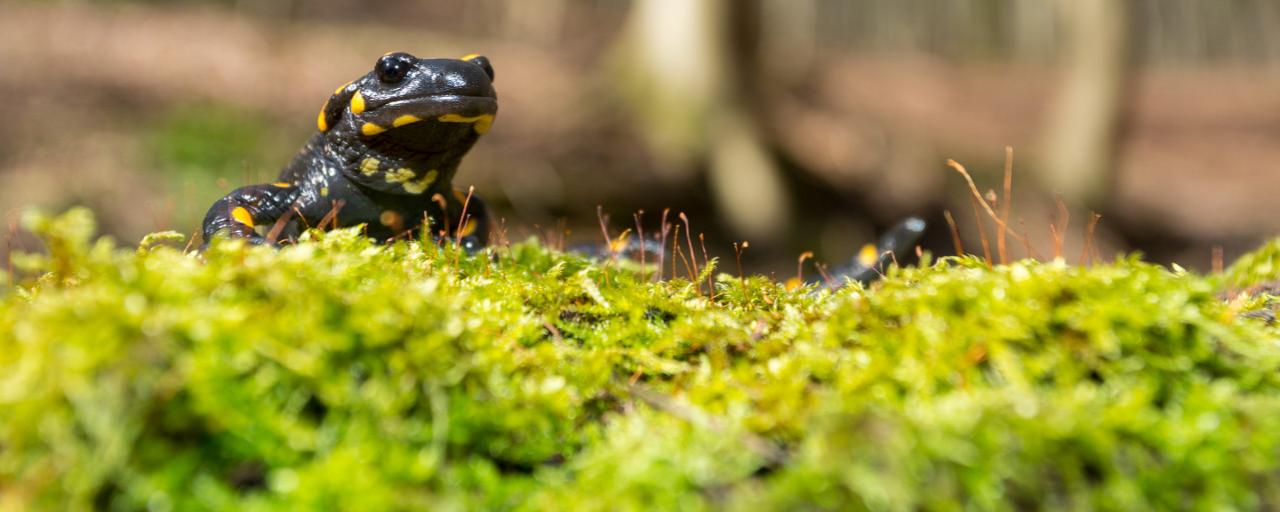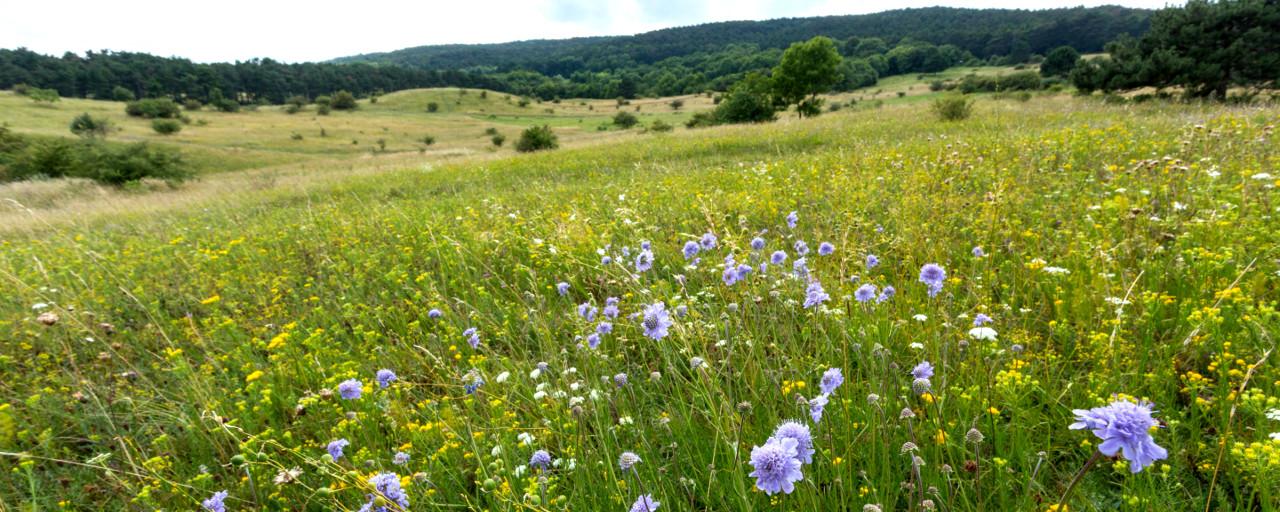biospheres
The Wienerwald is the largest contiguous deciduous beech woodland in Central Europe. The location of such a large expanse of woodland on the edge of a big city is unique. The range of climatic and geological conditions in the Wienerwald is the reason for the great diversity of vegetation types. The Biosphere Reserve has more than 20 types of woodland – with beech, oak and hornbeam dominating – and more than 17 types of meadow. There are more than 2,000 plant species and approx. 150 species of breeding birds in the Wienerwald. The sun-blessed slopes of the Wienerwald in this open cultural landscape are characterised by viticulture. This landscape is rich in structures such as fruit trees, hedges and stone walls providing habitats for numerous interesting and endangered animals and plants.


